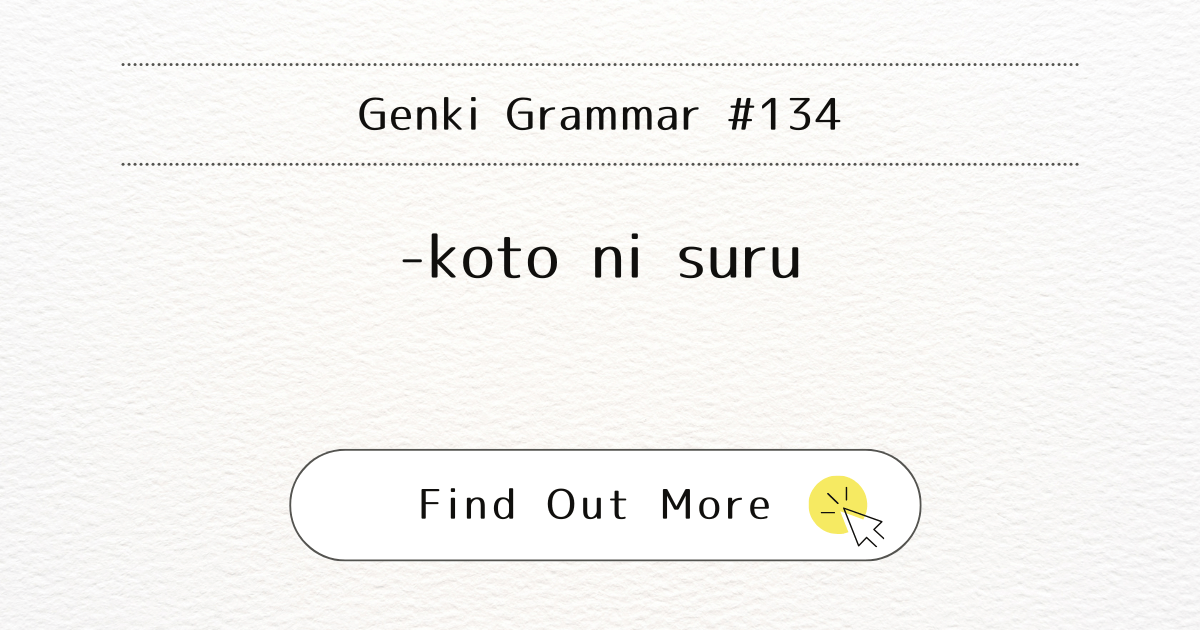
Introduction
In this blog, we will learn about the particle -made (まで) in Japanese. It is a useful expression that shows a limit or endpoint in time or action. Understanding how to use -made correctly will help you describe situations more clearly.
What It Means
-made (まで) means “till” or “until” in English. It is used to describe an action or state that continues up to a certain point in time or condition. When you see A made B, it means “B will happen until A occurs.”
When to Use It
You can use A made B when describing:
- An action continuing until a change happens.
- A is usually a verb that describes change.
- The verb in A must always be in the present tense and affirmative (positive).
- If A and B have different subjects, use ga (が) to mark the subject of A.
- You can also describe past situations using A made B, but A will still be in the present tense.
Examples
1. Present Action: Waiting Until the Weather Clears Up
晴れるまで、カフェでコーヒーを飲みながら、待ちます。
(Hareru made, kafe de koohī o nominagara, machimasu.)
I will wait in the cafe, drinking coffee, till it clears up.
2. Long-Term Goal: Becoming Fluent in Japanese
日本語が上手になるまで、国に帰りません。
(Nihongo ga jōzu ni naru made, kuni ni kaerimasen.)
I will not go back to my country, till I become fluent in Japanese.
3. Different Subjects: Singing Until the Baby Sleeps
赤ちゃんが寝るまで、私は歌を歌ってあげます。
(Akachan ga neru made, watashi wa uta o utatte agemasu.)
I will sing a lullaby till the baby falls asleep.
4. Past Situation: Getting Used to Life in Japan
日本の生活に慣れるまで、大変でした。
(Nihon no seikatsu ni nareru made, taihen deshita.)
It was tough until I got used to living in Japan.
Notes
- Verb Form: Use the short, present, affirmative form of the verb before -made.
- Example: 晴れる (hareru) = to clear up
- Subject Marker: When the subjects of A and B are different, use ga (が) for the subject of A.
- Example: 赤ちゃんが寝るまで (Akachan ga neru made) = till the baby falls asleep
Conclusion
Using -made (まで) will help you describe actions and events that have a clear ending point. Remember to use the correct verb form and subject marker when needed.
Recommended Resources
To deepen your understanding of -made (まで) and other Japanese particles, I recommend the book All About Particles (Power Japanese) by Naoko Chino. This resource explains over 100 Japanese particles, including detailed descriptions of how to use -made in various contexts. With simple explanations and practical examples, it’s a great companion for mastering Japanese grammar.



